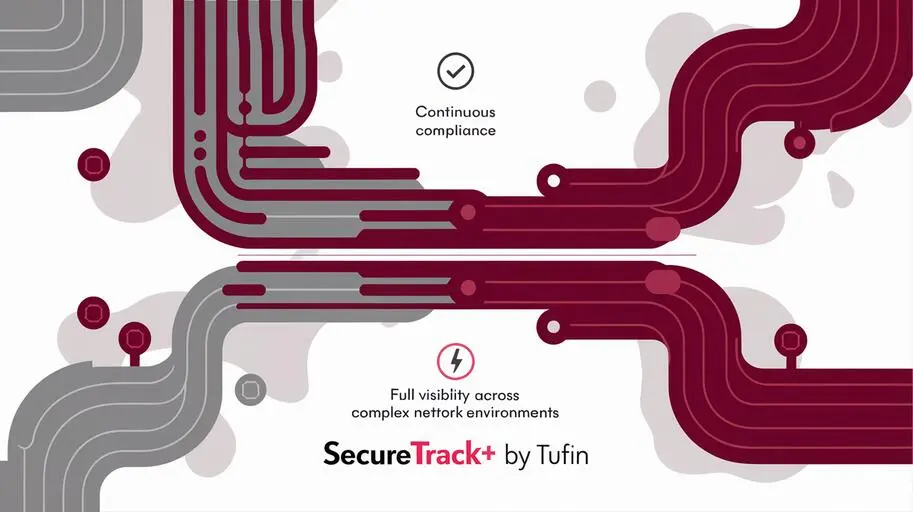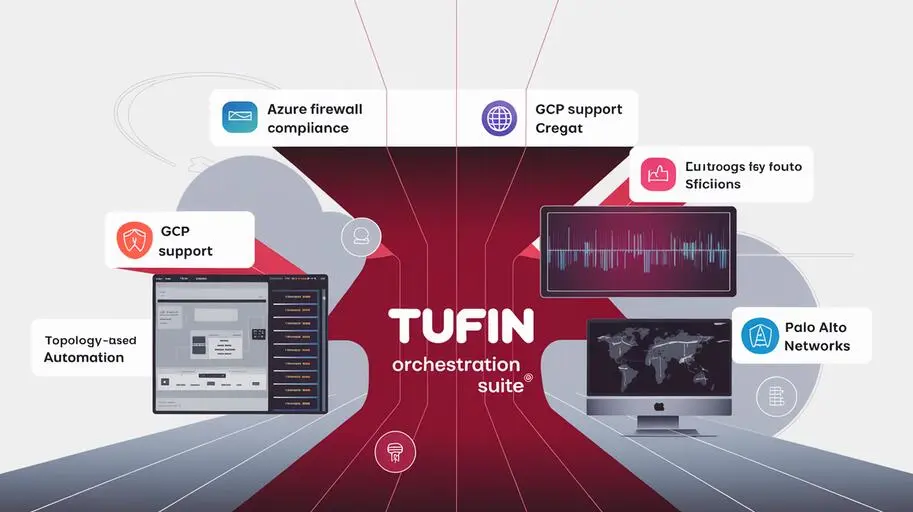In today’s rapidly evolving digital landscape, organizations face an unprecedented level of network security threats. The increasing number and complexity of cyberattacks require constant adaptation of security policies to effectively protect critical assets and data. Traditional, manual methods of managing security policies are becoming ineffective and prone to errors in the face of ever-increasing complexity of network infrastructures.
Challenges of Traditional Security Policy Management
- Complexity and Scalability: Manual security policy management is becoming increasingly complex in large and distributed networks.
- Human Factor: Manual processes are prone to errors that can lead to serious vulnerabilities.
- Time-Consuming: Manually making changes and updating security policies requires significant time and resources.
- Lack of Visibility: It’s difficult to gain complete visibility and control over all aspects of network security with manual management.
- Compliance: Maintaining compliance with regulatory requirements and industry standards is becoming a complex task.
Automation as a Solution
Automation offers a powerful solution for optimizing security policies and minimizing risks. Automated tools enable:
- Centralized Management: Provide centralized management of security policies for the entire network.
- Improved Visibility: Provide complete visibility into the network infrastructure and security policies.
- Automatic Vulnerability Detection: Automatically scan the network for vulnerabilities and assess risks.
- Automatic Policy Configuration: Automatically configure security policies based on best practices and regulatory requirements.
- Accelerated Change Implementation: Speed up the process of making changes to security policies and reduce the likelihood of errors.
- Continuous Monitoring: Provide continuous monitoring of security policy compliance and identify deviations.
Benefits of Security Policy Automation
Implementing automation in security policy management provides a number of significant benefits:
- Risk Reduction: Minimizing human error and vulnerabilities through automatic detection and remediation.
- Increased Efficiency: Accelerating processes and reducing costs of security policy management.
- Improved Compliance: Automatic compliance checking and report generation for audits.
- Security Optimization: Continuous adaptation of security policies to changing threats and conditions.
- Improved Visibility and Control: Complete visibility into the network infrastructure and security policies.
Tufin Solutions for Security Policy Automation
Tufin offers comprehensive solutions for security policy automation that help organizations minimize risks, increase efficiency, and ensure compliance. Tufin solutions enable:
- Visualize Network Security: Gain complete visibility into the network infrastructure and security policies (Tufin Orchestration Suite).
- Manage Vulnerabilities: Automatically scan and prioritize vulnerabilities.
- Assess Network Security Risks: Assess the potential damage from vulnerabilities.
- Ensure Regulatory Compliance: Automatically check compliance with PCI DSS, HIPAA, and other standards.
- Optimize Network Security: Automatically configure security policies.
- Automate Network Changes: Simplify making changes to network configuration (Tufin SecureChange).
- Automate Network Security Audit: Automate the verification of configurations for compliance with standards.
- Provide Visibility of Hybrid Networks: Monitor and manage hybrid network infrastructures.
- Protect Cloud Environments: Ensure the security of cloud environments (Tufin SecureCloud).
- Automate PCI DSS and HIPAA Compliance: Provide tools for automating compliance with these standards.
For example, Company X, by implementing Tufin SecureChange, reduced the time to make changes to security policies by 70% (Tufin Customers Page).
For more information about Tufin solutions, visit the official Tufin website.
Conclusion
Security policy automation is a key factor for minimizing risks and optimizing the protection of network infrastructure. Tufin solutions provide comprehensive automation tools that help organizations effectively manage security policies, ensure compliance, and protect their assets from modern cyber threats.
FAQs on Minimizing Network Security Risks: The Role of Automation in Optimizing Security Policies
Why are traditional security policy management methods becoming ineffective?
Traditional manual security policy management methods cannot cope with the growing complexity of network infrastructures, are prone to human error, require a lot of time and resources, and make it difficult to gain full visibility and control.
What are the main advantages of security policy automation?
Security policy automation reduces risks, increases efficiency, improves compliance, optimizes security, and provides better visibility and control over the network infrastructure.
How does automation help in detecting vulnerabilities in the network?
Automated tools scan the network for vulnerabilities and assess risks automatically, allowing for prompt identification and elimination of potential threats.
How does automation contribute to compliance with regulatory requirements?
Automated systems provide automatic verification of security policy compliance with regulatory requirements and industry standards, and generate the necessary reports for audits.
What is Tufin and what solutions do they offer for security policy automation?
Tufin is a company that offers comprehensive security policy automation solutions that help organizations minimize risks, increase efficiency, and ensure compliance. Solutions cover network security visualization, vulnerability management, risk assessment, compliance, and network change automation. Examples of Tufin products: Tufin Orchestration Suite, Tufin SecureChange, and Tufin SecureCloud.
Which regulatory requirements can be automated using Tufin solutions?
Tufin solutions provide tools for automating compliance with PCI DSS and HIPAA standards, as well as other regulatory requirements.
How does security policy automation affect the speed of making changes to the network configuration?
Automation simplifies the process of making changes to the network configuration, significantly speeding it up and reducing the likelihood of errors.
What role does automation play in protecting cloud environments?
Automation helps secure cloud environments by providing tools for monitoring and managing cloud network infrastructures.




